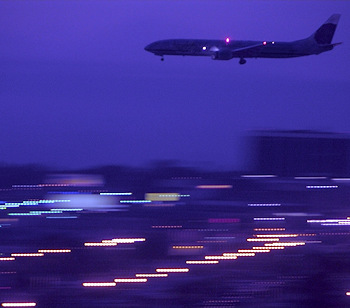Subscriber question:
"Several times on night Instrument approaches, I’ve gotten low and slow after breaking out of the clouds. This doesn’t happen to me in the daytime. Any tips would be appreciated." - Al J.
Bob:

“A pilot’s sense of speed at night on final approach is frequently off by a good amount. This can occur because the visual references that the pilot’s brain relies upon for perception of speed aren’t available – for example, visible terrain streaming by below the aircraft.
Also, when going visual at the completion of an instrument approach, the pilot’s attention is diverted outside the aircraft and he or she may not monitor airspeed as closely as during the instrument approach.
When going visual, keep the airspeed indicator in your scan and be cautious adjusting the power. If you’re using things like PAPI lights or an ILS frequency to stay on the glideslope, remain on the glideslope to the touchdown point indicated on the runway. Monitoring speed will prevent an over or undershoot through positive control of the aircraft.
A final word of caution: don’t let the approach light array trick your brain into thinking the beginning of the runway is at the beginning of the approach light array. Be sure to identify the beginning of the runway through the threshold lights.”
Do you change your personal minimums or requirements when flying instrument approaches at night?
